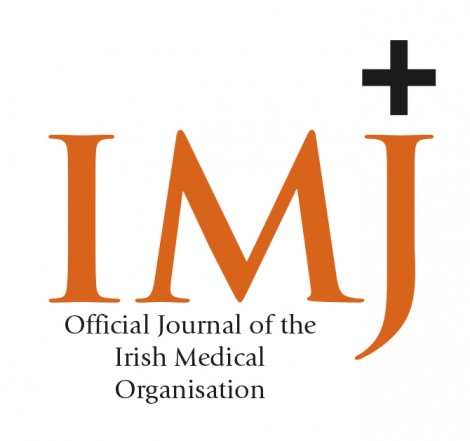Original Papers
Diagnostic Yield of Routine EEG in Adults with Active Epilepsy
R.N. McGinty, D.J. Costello, P. Kinirons, B. McNamara
McGinty et al report that 68 patients with epilepsy had a total of 171 routine EEGs of which 54.4% were normal, 24.6% non-specific, and 21.1% captured abnormalities. The authors state that the findings point to the limited diagnostic usefulness of serial routine EEGs in patients with active epilepsy.
P851
Obstetric Anal Sphincter Injuries: A Survey of Clinical Practice and Education among Ob-stetricians and Gynaecologists in Ireland
M. Abdelrahman, M. Geary, M. Eogan
Abdelrahman et al state that obstetric anal sphincter injuries (OASIS) occur in 2% of vaginal births. The authors circulated a questionnaire to consultant obstetricians and trainees about education and management of the injury. The majority of the obstetricians prescribe antibiotics and laxatives and arrange physiotherapy. A need for further training was highlighted.
P852
A Profile of Psychiatric In-Patient Admissions With No Fixed Abode (NFA) 2007-2016
A. Daly, S. Craig, E. O’ Sullivan
Daly et al report that there were 2,176 psychiatric admissions among individuals with no fixed abode in the period 2007-16. 73.4% were male, and 49.1% were under 35 years. 75.5% were single and a similar proportion were unemployed. The commonest diagnoses were schizophrenia 28.5%, and drugs/alcohol 27.1%.
P853
What Really Matters to You? A Study of Public Perspectives on General Practice in Ireland
J. Brennan, M. Bourke, R. O’Donnchadha, A. Mulrooney
Brennan et al undertook a structured interview with 10 patients. The themes were the GP as a person and general practice as a service. The patients liked the GP being a person not a doctor. Positive qualities were being patient, open, smiley, nice, approachable, trustable, and interested. Negative traits were ‘cold’ and ‘doctor’. In relation to the practice, the important considerations were cost, convenience, and time.
P854
The Burden of Severe Lactational Mastitis in Ireland from 2006 to 2015
F. Cooney, N. Petty-Saphon
The authors report that the admission rate for lactational mastitis was 24.4 per 10,000 live births. The rate increased from 22.7 per 10,000 (2006) to 30.9 per 10,000 (2015). The authors urge that early effective management is important in order to minimize the risks of complications.
P855
